
Because audiences can be unpredictable and trends can fade quickly, the industry must consistently evolve. Filmmakers and cinema owners do this by keeping up with current entertainment fads or by enhancing the movie-going experience. An enduring example of the latter is 3D films, which many people may not realize are older than they think.
However, this doesn’t imply that moviegoers genuinely enjoy 3D films. Though they may not be as prevalent now compared to a few years back, the remaining 3D movies are often endured at best and fiercely disliked at worst. When seeking the culprit for popularizing 3D, one needn’t look beyond “Comin’ at Ya!”, the largely overlooked 1981 Western that rejuvenated 3D as we know it today.
Comin’ at Ya! Revived 3D Films In the ’80s
The 3D Film Was a Surprise Hit in 1981
It’s worth mentioning that “Comin’ at Ya!” wasn’t the very first 3D movie produced. In fact, 3D movies can be traced back to the 1800s! The technology was perfected and commercialized in the 1920s, with the first cinema screening believed to be “The Power of Love” from 1922. Since then, 3D films have had their ups and downs like any trend does. Notably, the 1950s were considered its golden age, while it faced a decline in the ’60s.
In the ’60s and ’70s, 3D was often dismissed as a tacky and cheesy novelty used mainly in low-budget films. However, behind this dismissal, 3D technology was actually advancing significantly during this period. By the late ’70s, most 3D films were mostly pornographic content. The tide turned in 1981 with the release and extraordinary success of Comin’ at Ya!, a film that is said to have been inspired by the filmmakers’ longing for the classic 3D experience.
In the 1980s, screenwriter Gene Quintano and the producers thought that young viewers would find a 3D movie appealing since it had been quite some time since such a film was shown in theaters. Additionally, given that cowboys weren’t typically associated with 3D films, they decided to create one. Historically, 3D was mostly linked to horror movies and their grotesque monsters. However, by the ’80s, cowboy themes were considered outdated. To everyone’s surprise, the filmmakers’ intuition proved not only correct but also far more profitable than they had ever imagined.
Initially, when the movie “Comin’ at Ya!” debuted in theaters, it was only screened in two cities as a cautious move by distributor Filmways Pictures, who had reservations about releasing the first significant 3D film in years. They initially printed just 90,000 pairs of 3D glasses, which quickly became insufficient to meet demand. By the end of its profitable box office run, which was likened to “Star Wars business,” Filmways ordered an additional 5 million 3D glasses and expanded screenings to 200 theaters nationwide.
As Comin’ at Ya! star/producer Tony Anthony proudly told :
Tony Anthony: The demand for these glasses is overwhelming… They’ve been selling them at an average of 40,000 per theater. Late one night, I received a call saying we will be opening in about 200 theaters from now until [August 21, 1981]. This isn’t just a movie – it’s a logistical endeavor!
The 3D Craze That Comin’ at Ya! Started Lasted All the Way to the 2010s
Hollywood Loves 3D Films, Even If Audiences and Critics Don’t
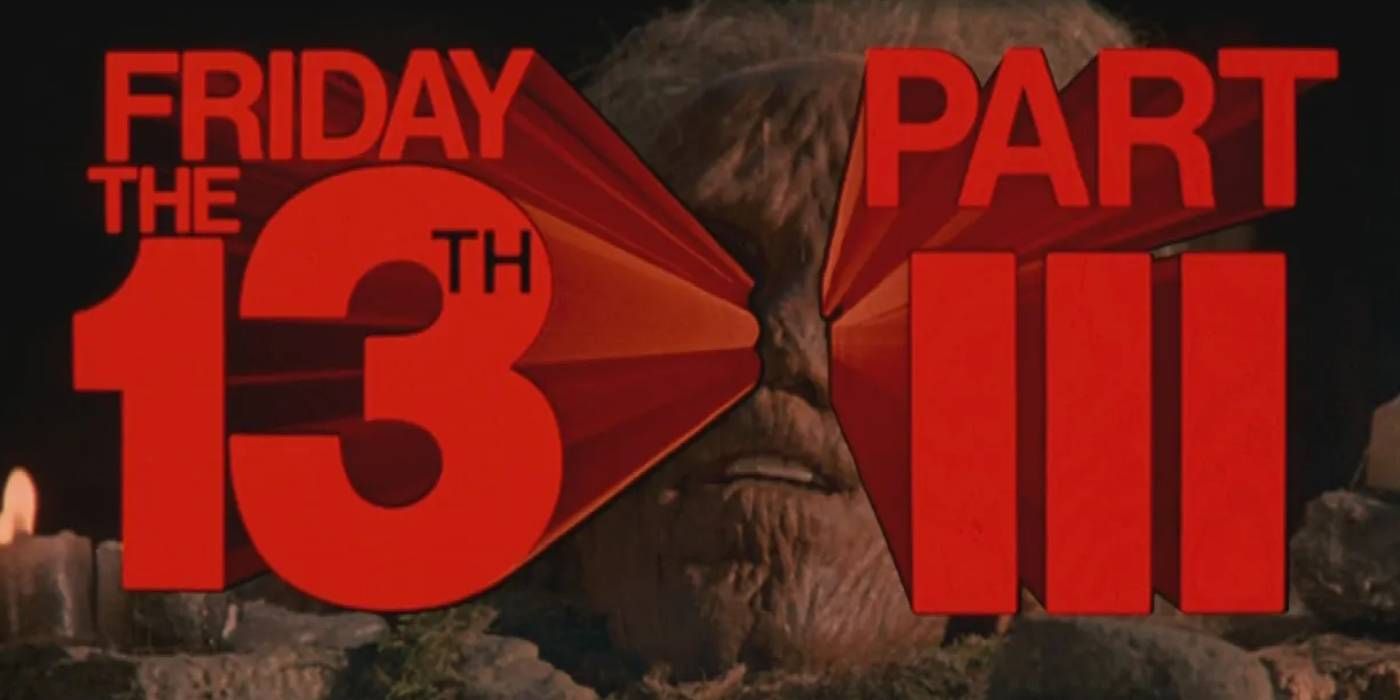
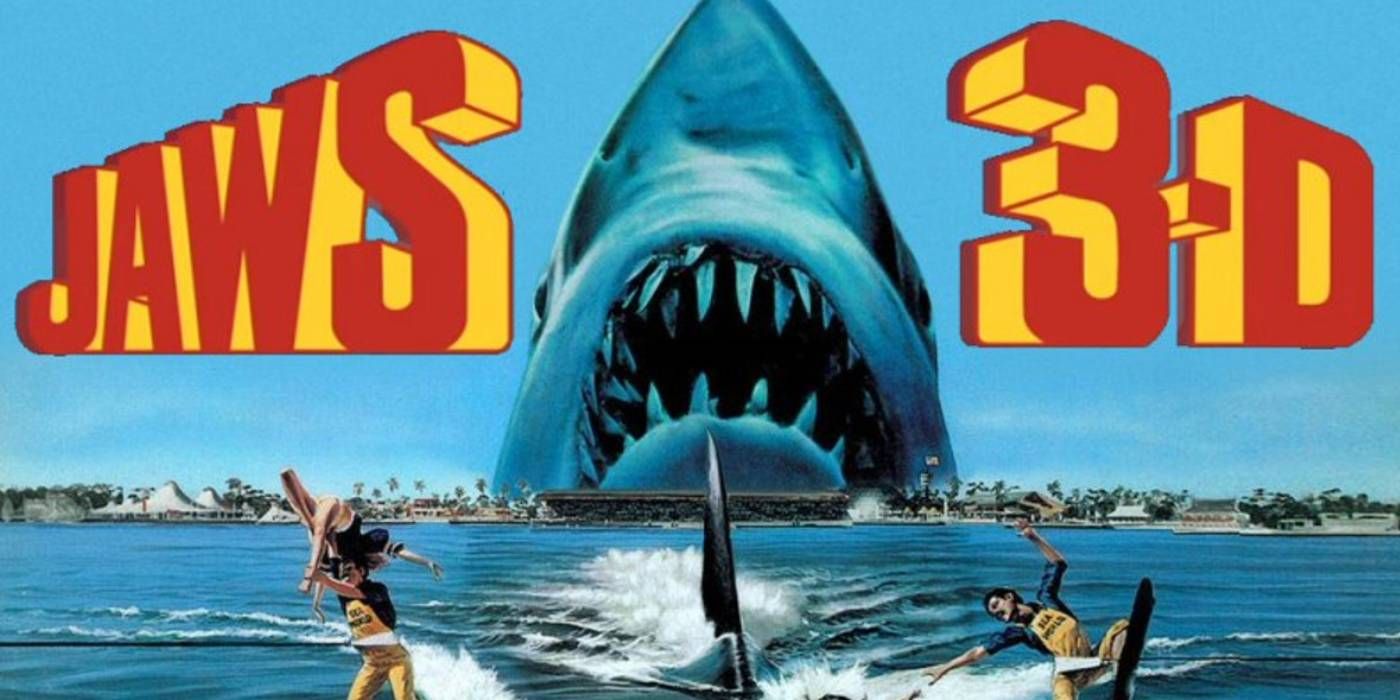



![]()
Hollywood swiftly recognized the allure of Comin’ at Ya’s! unexpected success and hastened to embrace the 3D trend as quickly as possible. The 1980s witnessed a surge in 3D films with the release of 1982’s post-apocalyptic movie, Parasite, which boasted itself incorrectly as the “first” 3D film in nearly two decades. This was followed by an array of 3D movies of varying quality, including sequels to popular franchises like Amityville 3-D, Friday the 13th Part III, and Jaws 3-D, as well as unsuccessful attempts to create new space operas such as Spacehunter: Adventures in the Forbidden Zone and Starchaser: The Legend of Orin.
Although “Comin’ at Ya!” didn’t have a direct follow-up, its spirit was carried forward in the 1983 release, “Treasure of the Four Crowns.” Remarkably, the same team behind “Comin’ at Ya!” worked on this production, with the main difference being that it transitioned from a period Western to a contemporary adventure. Regrettably, the release of “Treasure of the Four Crowns” coincided with the waning popularity of 3D movies as the novelty began to wear off. To make matters worse, the film was often compared to “The Raiders of the Lost Ark,” which didn’t help its box office performance during that time. From the mid-1980s to the early 2000s, 3D films were more akin to amusement park attractions than cinema staples.
3D films made a resurgence when Avatar broke box office records in 2009, sparking a flurry of 3D productions and conversions among films such as Clash of the Titans remake, Drive Angry, Journey to the Center of the Earth, Saw: The Final Chapter (or Saw 3D), and even a re-release in 3D for Star Wars: Episode I – The Phantom Menace in 2012.
3D glasses were almost always required for blockbuster movies during the late 2000s and 2010s, due to the widespread popularity of 3D films. However, this trend quickly grew tedious for both critics and moviegoers alike. The novelty soon turned into annoyance, particularly for individuals who needed to wear 3D glasses over their own spectacles or visual aids. Even those with perfect vision found 3D movies equally exhausting and irritating.
3D effects were often more of a hindrance than a help, and the final wave of popularity for this trend demonstrated this clearly. For one thing, many 3D movies spent too much time on unnecessary scenes that served merely to display their special effects. It didn’t help matters that these films’ 3D sequences typically consisted of objects or characters being thrust towards the viewer’s face. When watched as standard films without 3D glasses, the absence of depth and substance in these movies became glaringly obvious. In contrast, instances where 3D was used effectively were rare exceptions rather than the norm.
Unfortunately, it became clear that some studios were pushing 3D on movies filmed using conventional 2D methods, not for artistic reasons, but to inflate their box office earnings. As sales of 3D films decreased and viewers grew tired of the format, by the end of the decade, 3D movies had largely disappeared from the scene. Today, 3D is only seen in limited screenings and special anniversary re-releases, and it seems unlikely that it will regain popularity anytime soon.
Comin’ at Ya! Is a Lackluster Western With a Noteworthy Gimmick
The Film Offered Little Else Beyond 3D Visuals

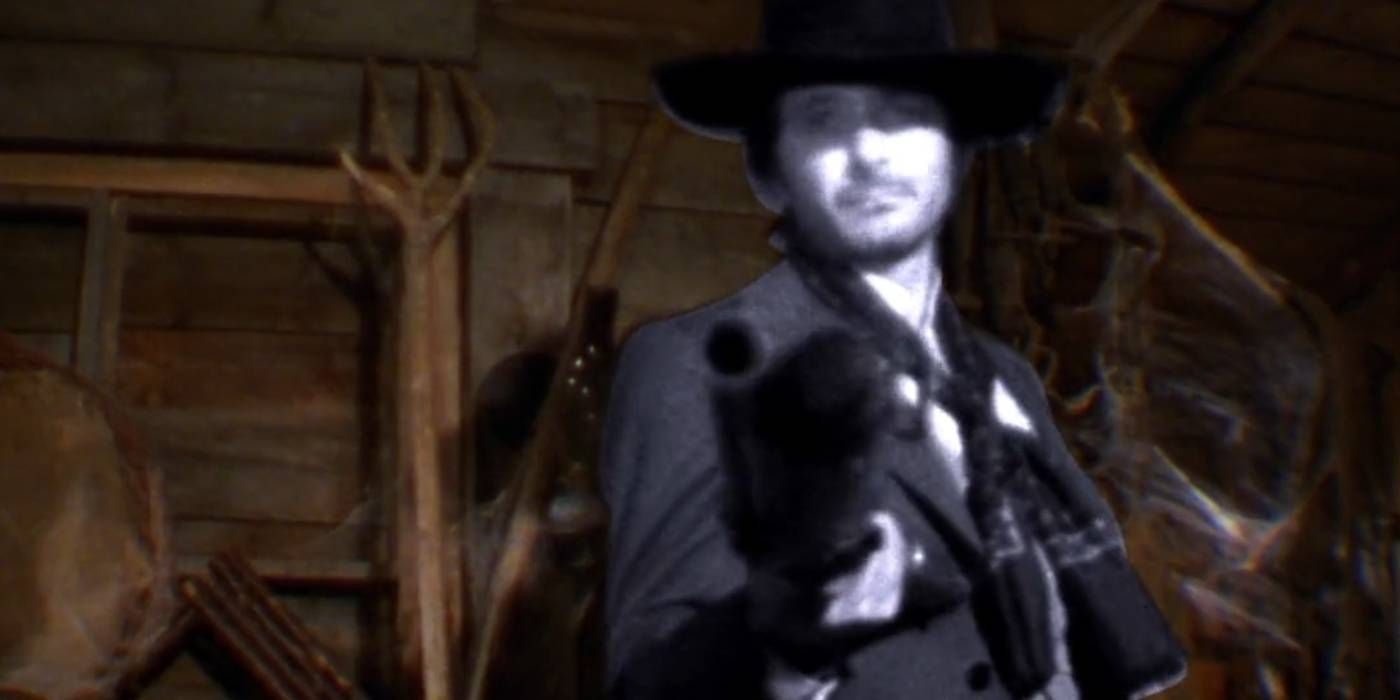
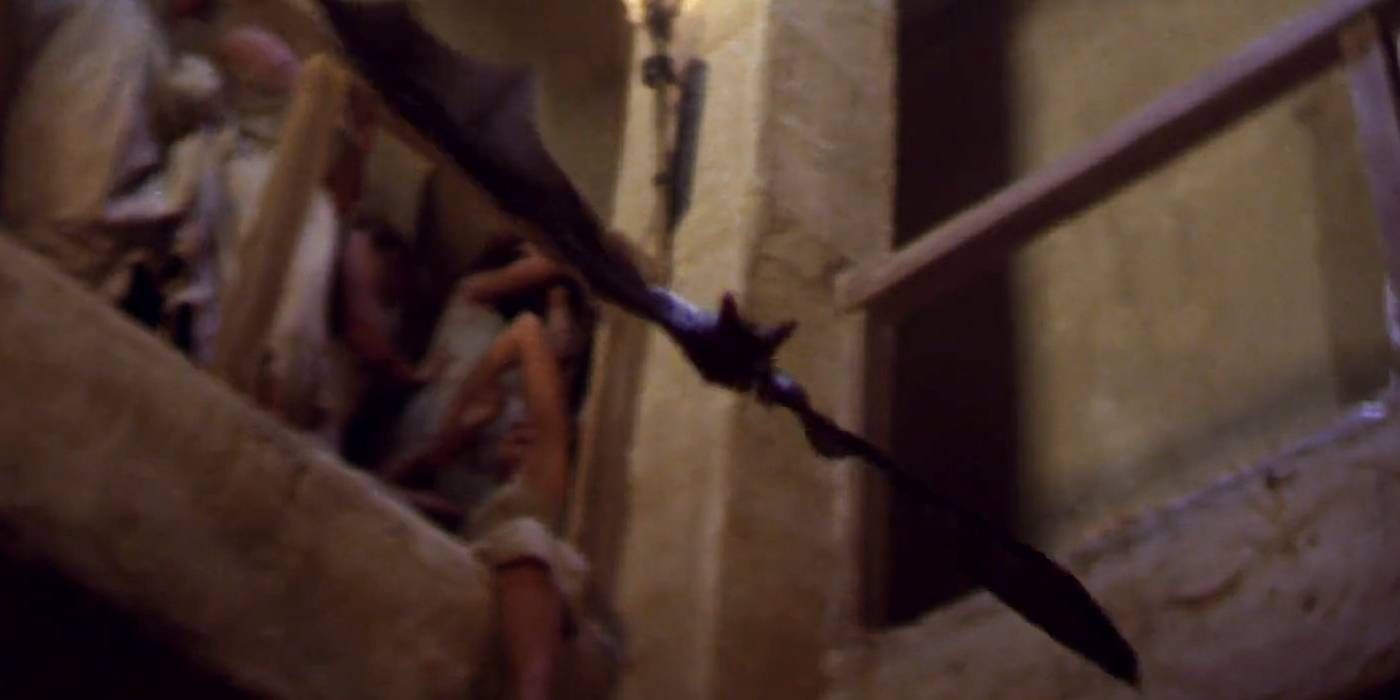
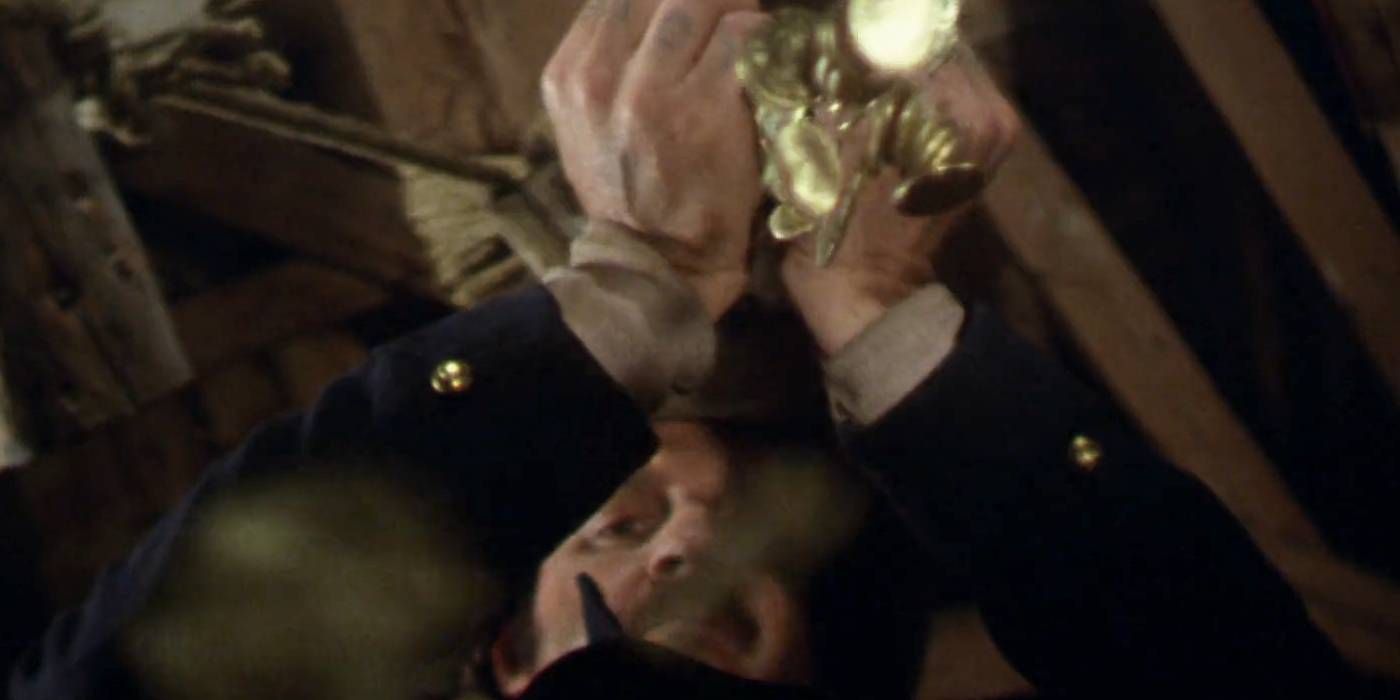
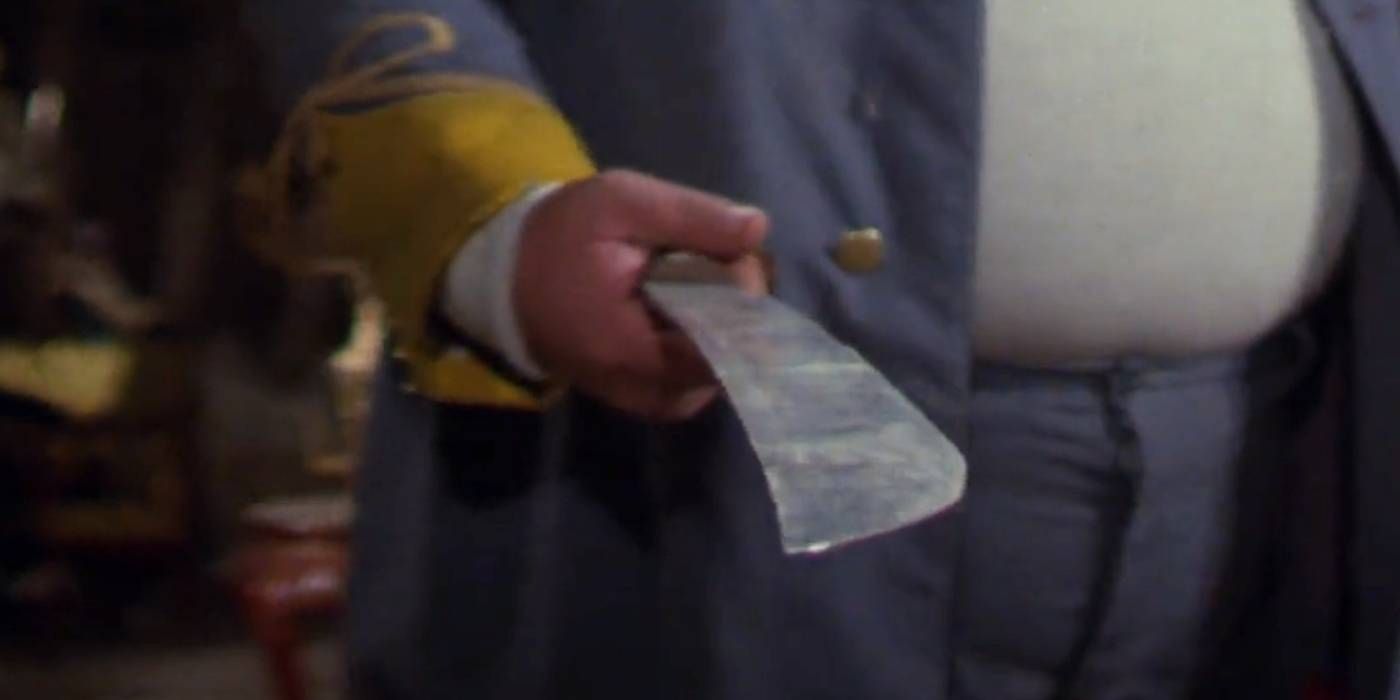
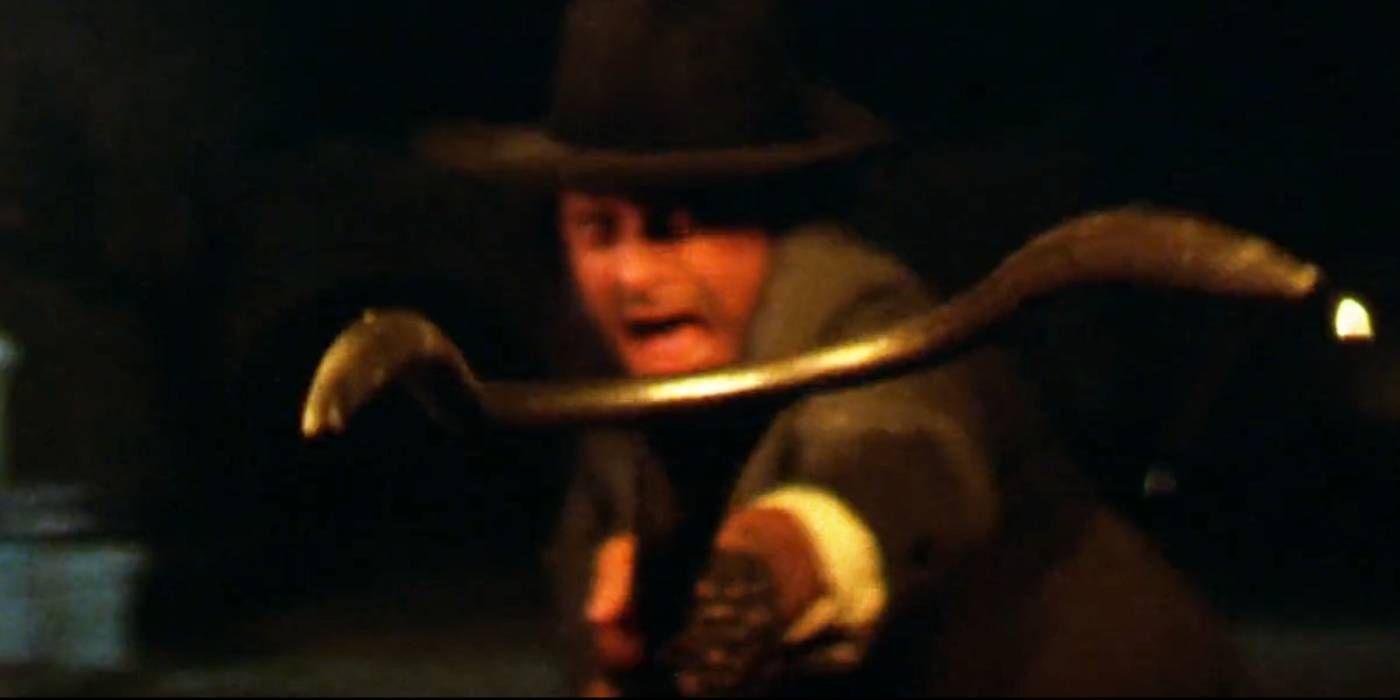
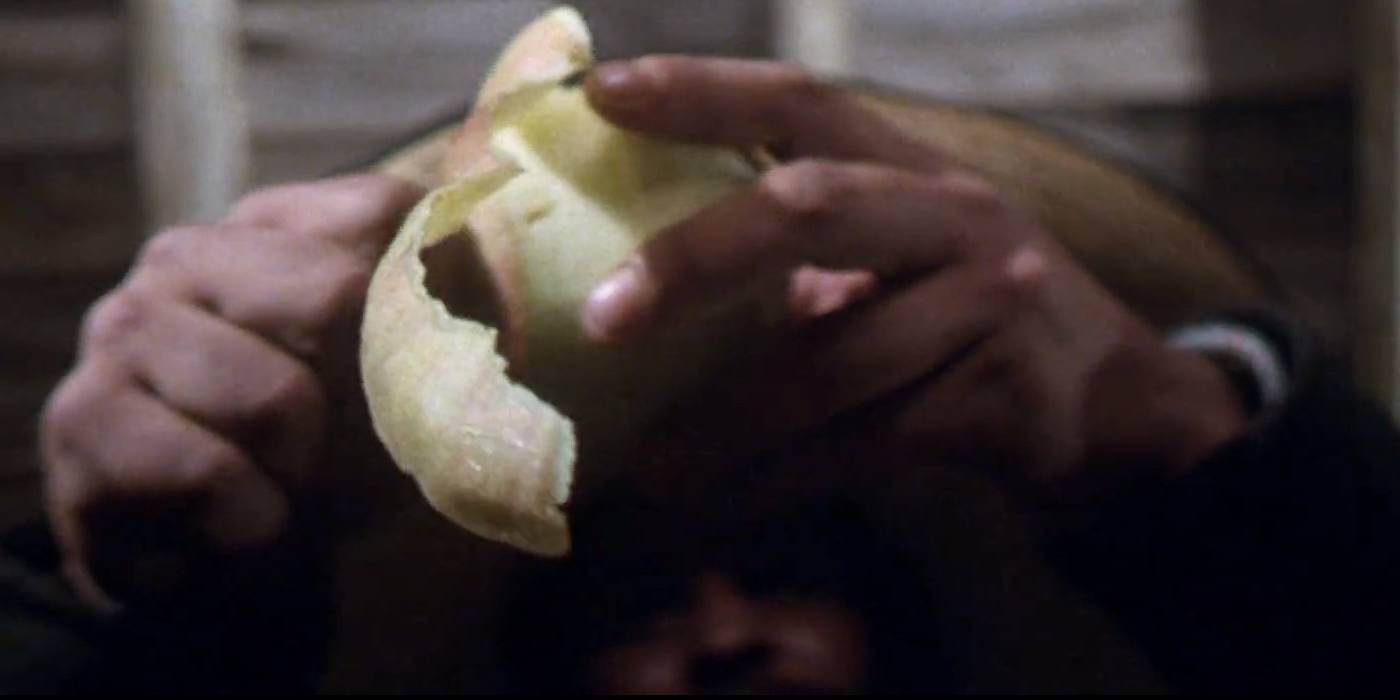
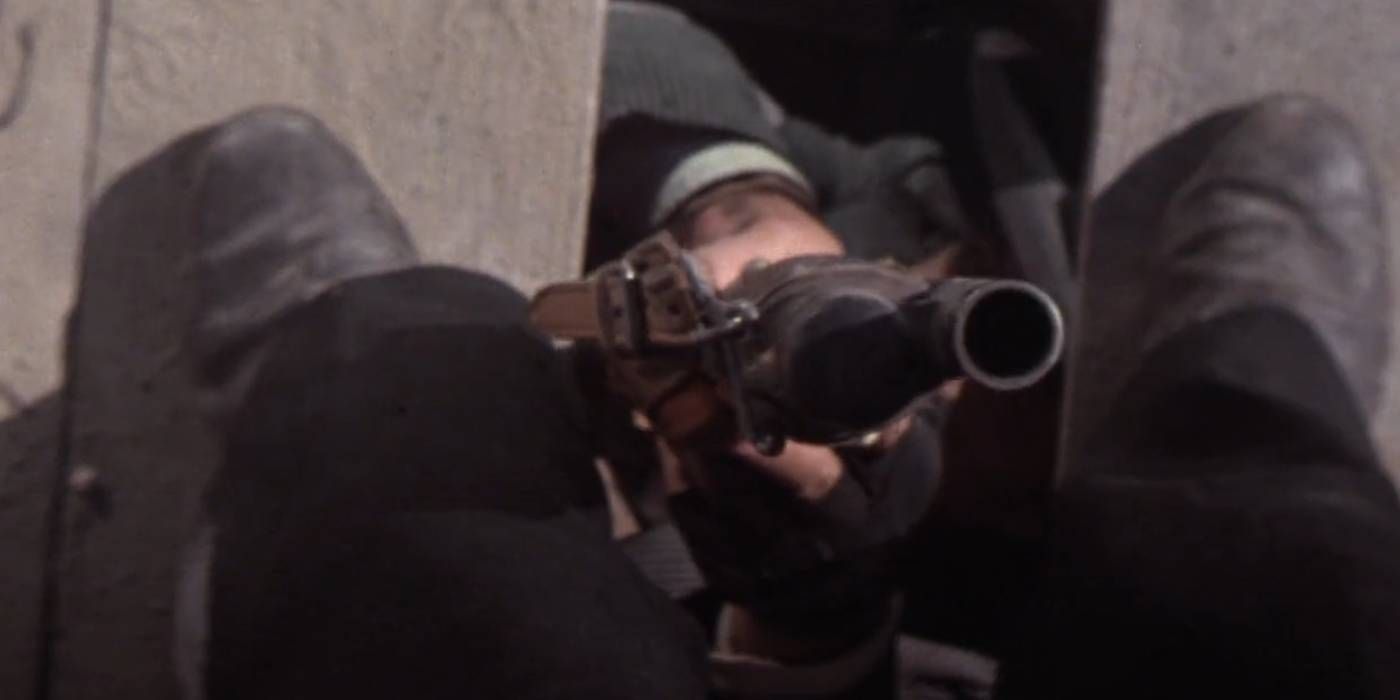
Looking back, it’s clear that Comin’ at Ya! set the stage for contemporary 3D movies in more ways than one. However, it wasn’t just because it resurrected a gimmick from its creators’ past. In essence, Comin’ at Ya! established many of the signature traits that are both praised and criticized in modern 3D films. The movie serves more as a showcase for 3D effects rather than a narrative. It spends an excessive amount of time thrusting various objects, animals, or gun barrels towards the audience, rather than focusing on the story itself. When viewed in 2D, the film’s plot is minimal and heavily influenced by what came before it.
The movie’s protagonist, H.H. Hart, wasn’t exactly a shining example of heroism in the Spaghetti Western genre. Instead of having a clever strategy to rescue the women from human traffickers or backup strategies for unforeseen circumstances, he ended up getting caught and beaten. To make matters worse, his poor performance led to the loss of life among the recently freed hostages. Shockingly, the film concluded on a positive note, with Hart managing to save his wife and mysteriously taking down the villain with just one shot.
At its peak, “Comin’ at Ya!” offers a unique blend of accidental dark humor and bizarre Western themes. The persistent mishaps depicted will tickle the funny bones of those with a more somber sense of amusement. This is further accentuated by the film’s quirky approach of thrusting various items, desert creatures, and gun barrels into the audience’s visual field. This results in an odd yet engaging narrative style. Additionally, the film’s occasional, seemingly arbitrary transitions to black-and-white – be it for emphasis, emotion, or simply for no apparent reason – adds to its comedic absurdity and peculiarity.
What makes “Comin’ at Ya'” stand out are its lasting effects on the film industry, particularly the 3D gimmick that inspired numerous imitators, and its unexpected humor. It’s not to imply that the movie is terrible or shouldn’t have been made; Anthony and his team were well aware of what kind of 3D experience they were creating.
Tony Anthony: You wouldn’t produce “Citizen Kane” in 3D format. This is more about entertainment rather than artistic depth. It resembles the old serial “The Perils of Pauline”. It’s meant to amuse, it’s for pleasure, and it immerses the audience into the movie experience… They considered it a novelty 25 years ago. It might still be a novelty, but today it serves as a fresh take for a new era. Let’s give it a shot.
Comin at Ya! is now available to watch and own physically and digitally
Read More
- Clash Royale Best Boss Bandit Champion decks
- Brawl Stars December 2025 Brawl Talk: Two New Brawlers, Buffie, Vault, New Skins, Game Modes, and more
- Best Hero Card Decks in Clash Royale
- Clash Royale December 2025: Events, Challenges, Tournaments, and Rewards
- Call of Duty Mobile: DMZ Recon Guide: Overview, How to Play, Progression, and more
- Best Arena 9 Decks in Clast Royale
- Clash Royale Witch Evolution best decks guide
- Clash Royale Best Arena 14 Decks
- Brawl Stars December 2025 Brawl Talk: Two New Brawlers, Buffie, Vault, New Skins, Game Modes, and more
- Decoding Judicial Reasoning: A New Dataset for Studying Legal Formalism
2025-06-03 00:52